This tree museum looks to the future, not the past
Kenya’s Miti Alliance is growing a living seed bank to help counteract deforestation, preserve indigenous tree species and boost knowledge of local ecosystems.
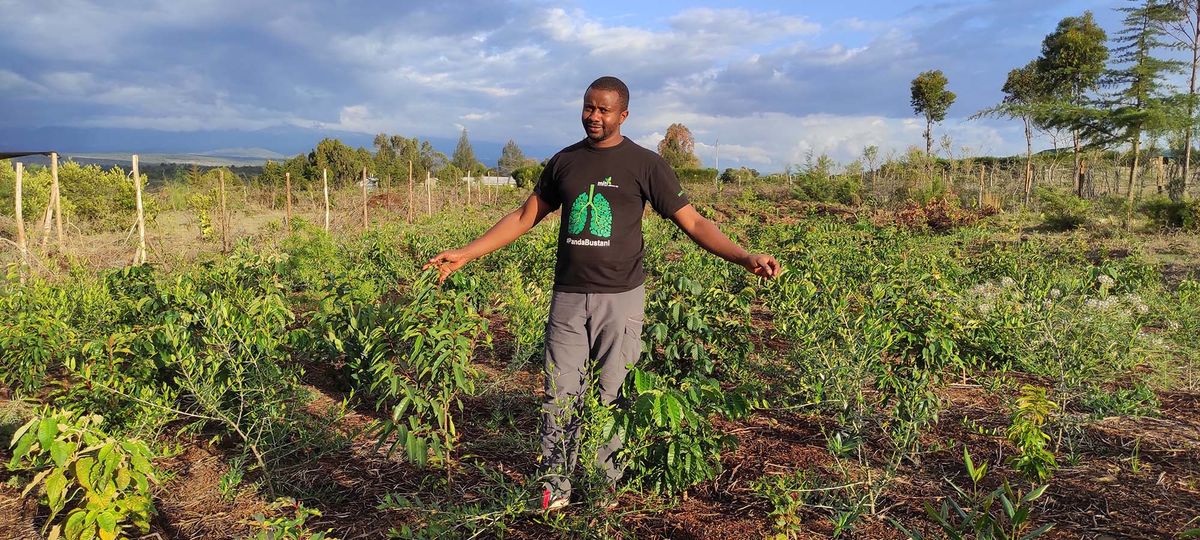
When you hear the words “tree museum,” it’s probably Joni Mitchell who first comes to mind. In “Big Yellow Taxi,” the musician sings of a museum that charges people to see the trees inside – as the forests have all been cut down.
Not far from the slopes of Mount Kenya, though, is a facility with a difference. Kenyan conservation organization Miti Alliance has grown more than 100 species, including some of the region’s rarest native trees, at the country’s first tree museum. Rather than stand as isolated proof of what once was, the museum seeks to do the opposite. The group is aiming for a seed bank 5 million seeds strong to boost climate resilience and help people reforest their yards, local parks and beyond.
Kenya has less than 7 percent tree cover and several regions vulnerable to climate change, partly due to deforestation. Miti Alliance (miti means “tree” in Kiswahili and other Bantu languages) is a growing conservation initiative with projects involving everyday people in reforesting the country with indigenous flora. Their website and social media pages are filled with updates on community tree-planting projects as well as posts highlighting individual plants: their names in various local languages, typical regions they grow in and their uses – especially in traditional herbal medicine and treatments. The tree museum sits on 4.3 acres and hosts various school, youth and women’s groups. The intention is to set a trend for people to get involved in restoring their environment with their own hands.
Co-founder Michael Waiyaki has visited numerous forests and spoken about them to local residents and guides. “We found that so many communities had been planting exotic trees like eucalyptus or grevilea, which are great to make profit from but add nothing to the ecosystem and are often attacked by termites,” he says. In parts of central Kenya, for example, large numbers of indigenous acacia trees were cut down for charcoal. Now, these regions experience massive landslides most years and no longer have the bird and bee populations they once did.
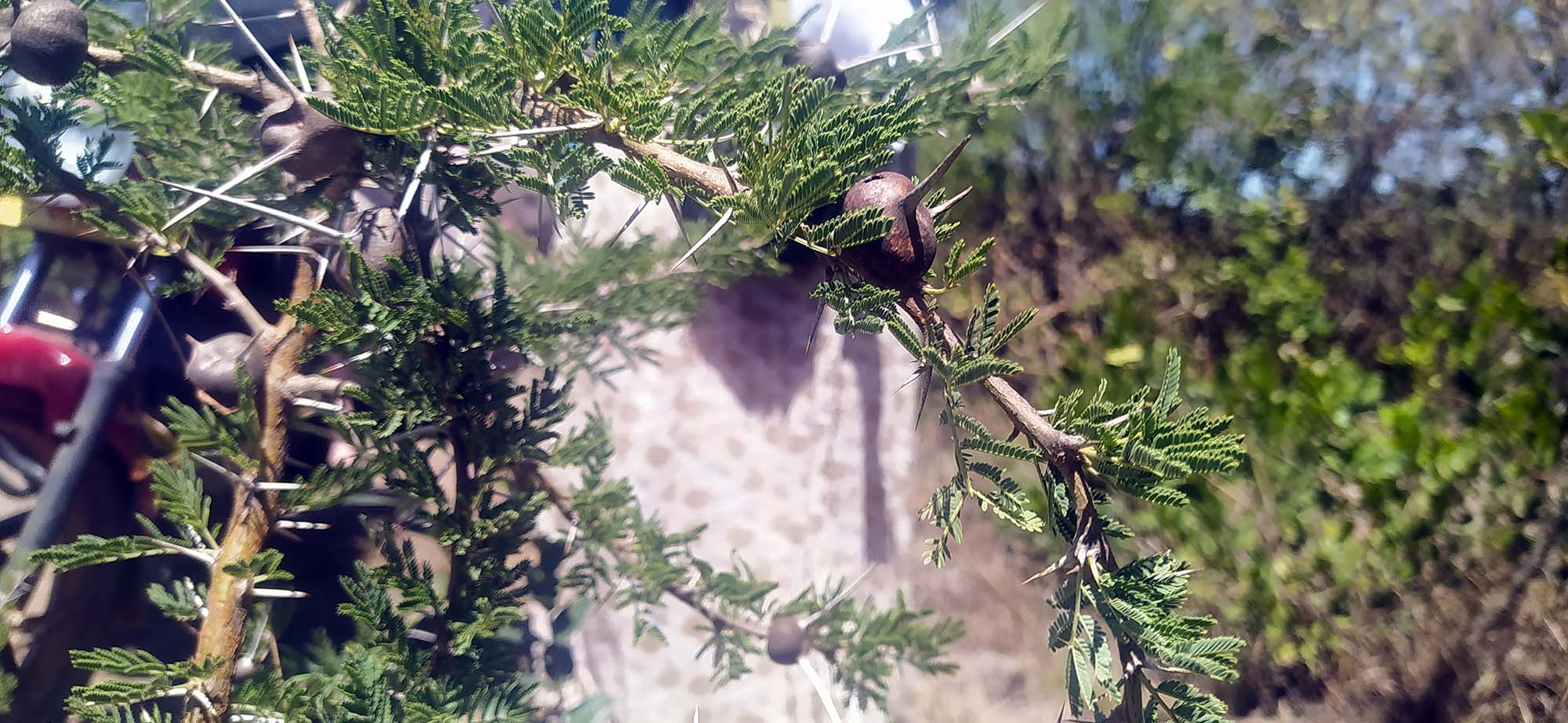
A seed bank of 5 million is a big goal that will take decades to reach. More immediate goals and actions take place in Miti Alliance’s museum section, a diverse and lightly ordered small field of young trees. The tallest currently stand up to about shoulder height, with room to walk around the outside of the roughly quarter-acre fenced clusters.
The museum is dotted with as many indigenous tree species as they have been able to find, label and share information about, as well as a long-dreamed-of mini Miyawaki forest and some young fruit trees in an syntropic agroforestry section – that is, a holistic method of growing food in a setup that mimics forest characteristics. All of this has been a learning experience; the team logs tree progress reports including time-lapse photos and measurements over time for their own records, as well as replanting what dies in the continued goal of figuring out the best ways to grow vegetation in such a dry area. Education, syntropic farming models and regenerative agriculture are the names of the game here, and the sole guard and caretaker of the land reaps the benefits of the small vegetable garden on site as well.
That said, some areas’ lack of economic opportunities proves a real obstacle in this mission of changing people’s minds. Michael speaks of trying to spread awareness about growing indigenous trees rather than exotic ones to sell for timber, oils and other products and being met with confusion. “Speaking to some people about our work I was met with the question, ‘Why would we stop growing the profitable trees and start growing indigenous ones?’” he says. “When I started talking about soil quality and bird life coming back, the next question was: ‘Will we eat those birds?’ Because that’s a genuine concern and something that cannot be overlooked – how much some trees are tied in with people’s livelihoods, be the species beneficial to the environment or not.”
That conversation does tend to circle back to one of the core goals of the tree museum project: educating and empowering people. So Michael’s response to these concerns is to share information about opportunities for alternative activities like beekeeping or harvesting other plants such as aloe vera.
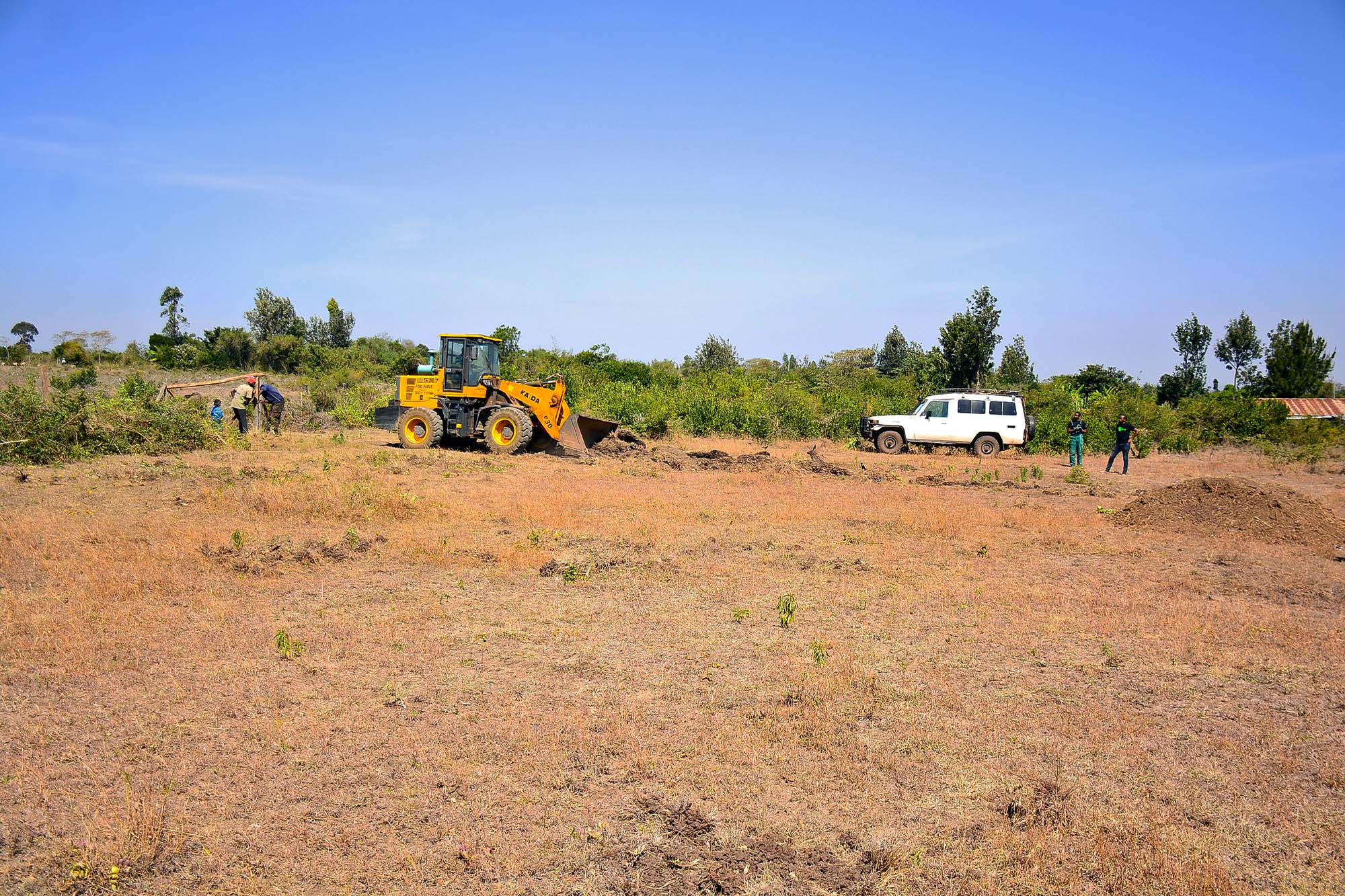
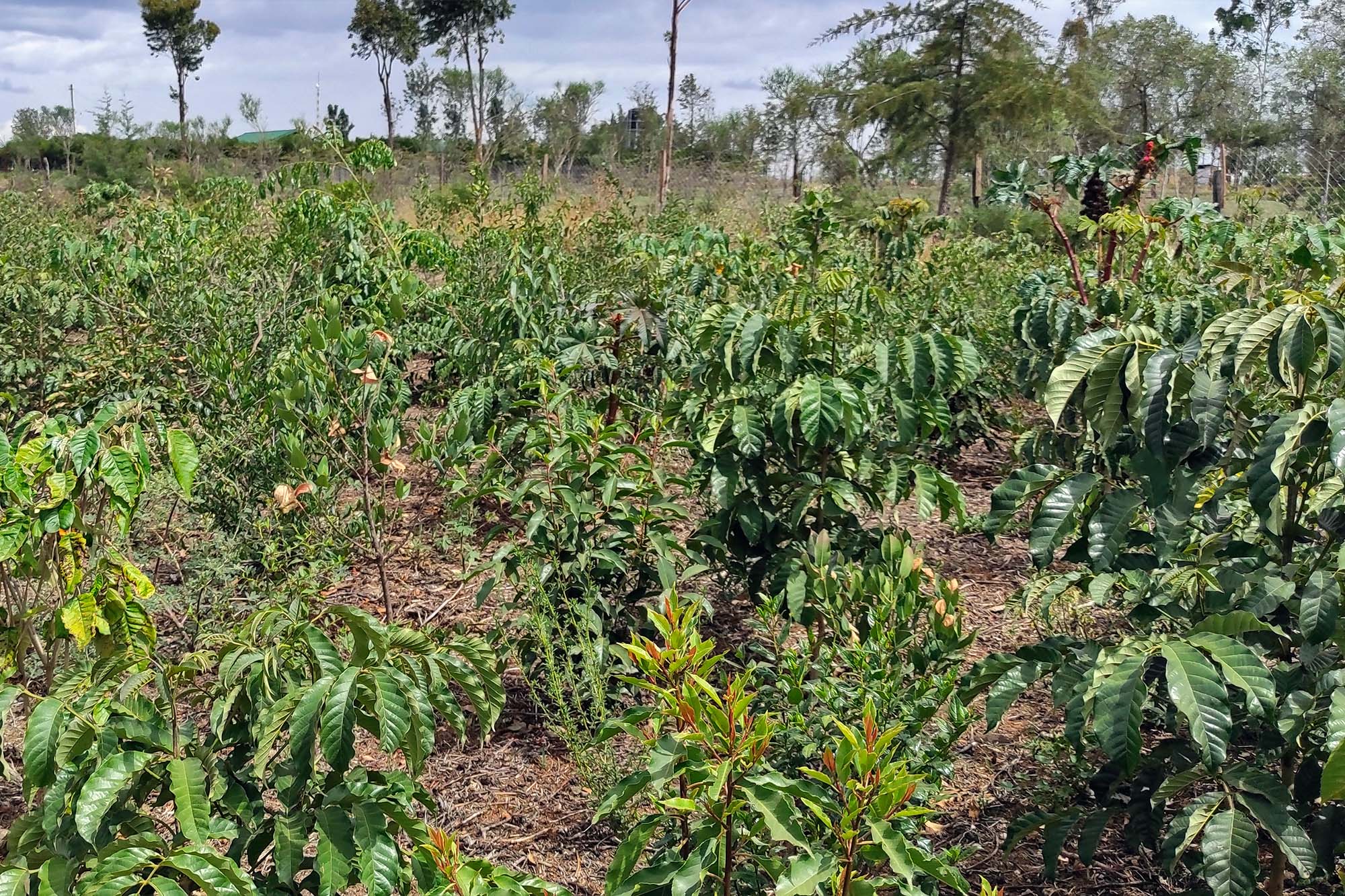
The general mood, though, is one of hope and excitement. Aside from directly addressing environmental issues, the fact that this project and Miti’s other work also aim to protect and celebrate cultural heritage through the food and even medicine of people’s grandparents and beyond is something more and more people are embracing. Gone are the days of people calling herbalists and traditional healers “witch doctors” or evil.
In addition to running the museum as well as school outreach and agricultural projects, the Miti Alliance team are distributing seedballs (tree seeds wrapped in charcoal dust and soil) to be flung from helicopters or fired from slingshots during hikes onto water catchment areas. Their tree planting events and trips, usually held in forested areas, are open to all and come with a side of ecological education and adventure.
While Miti is more than open to collaboration and cooperation with anyone who shares their ambitions, Michael says his hope is that people get inspired to practise rewilding from their own homes. “Everybody comes from somewhere and lives somewhere,” he says. “Learn about the area or community you’re in and what unique solutions you can come up with.”
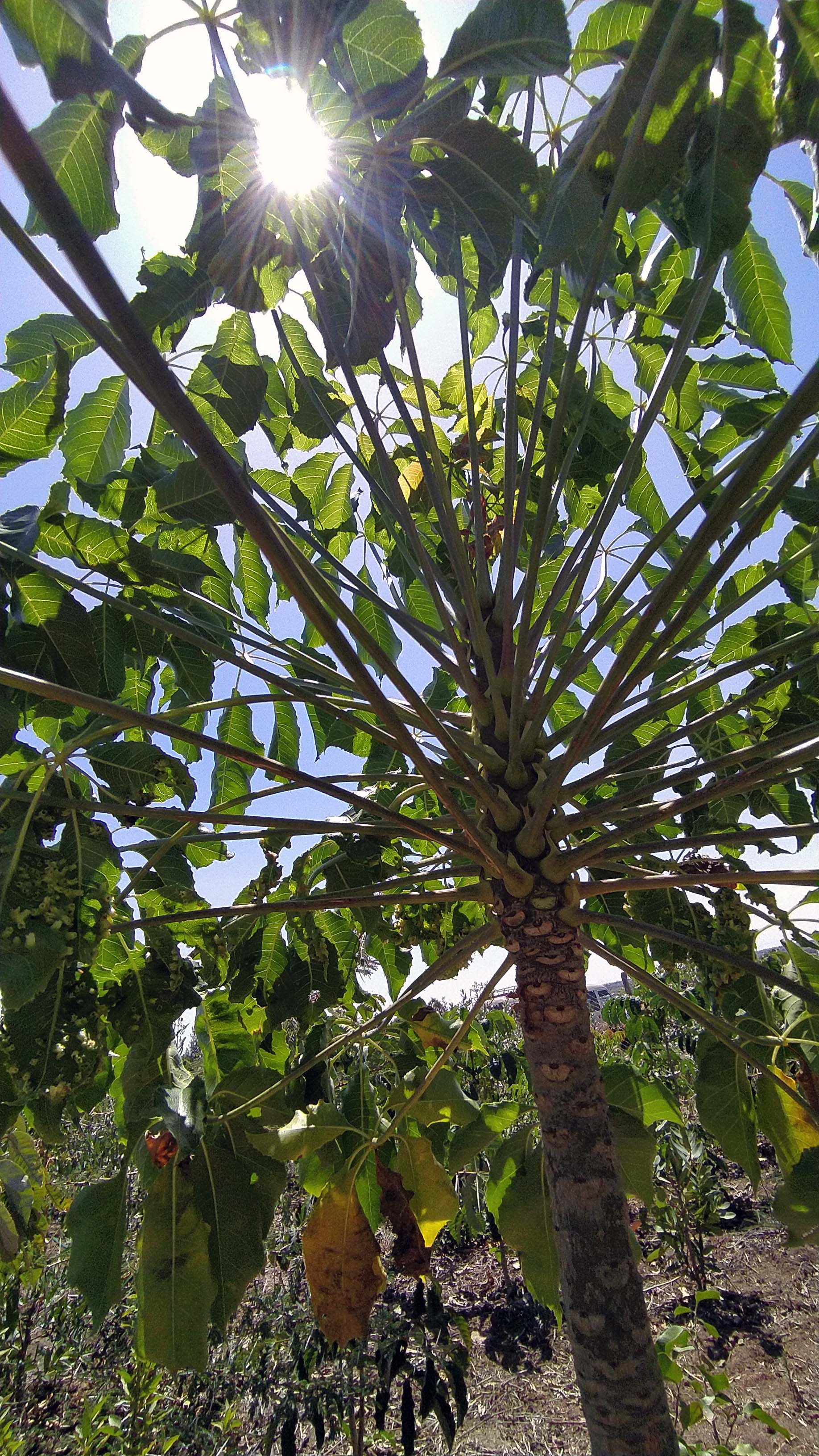


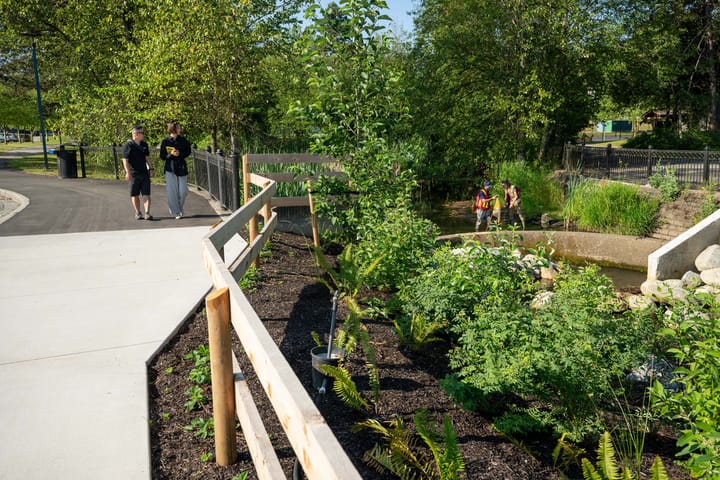
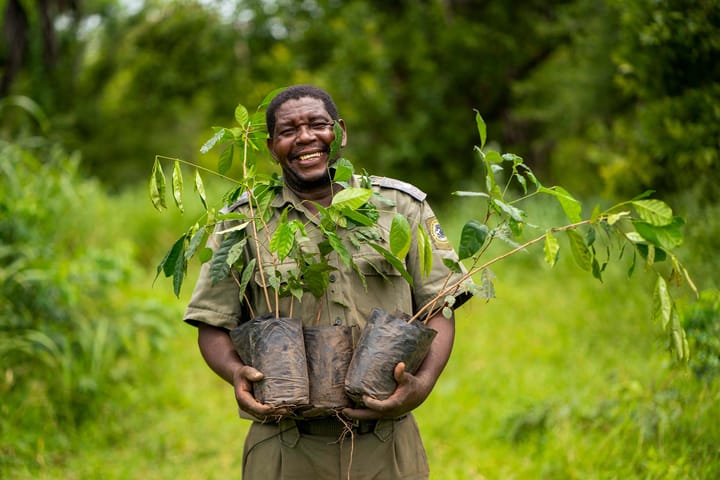
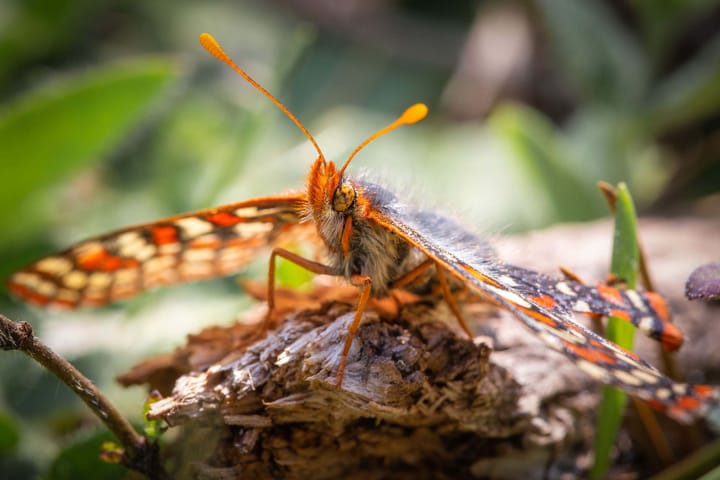
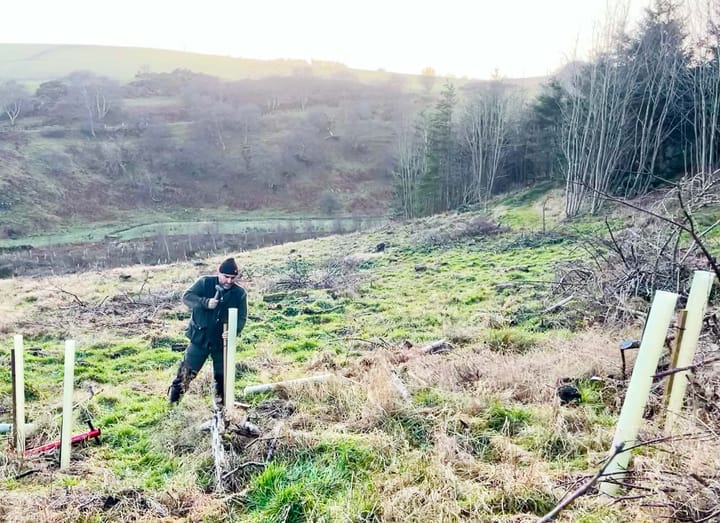
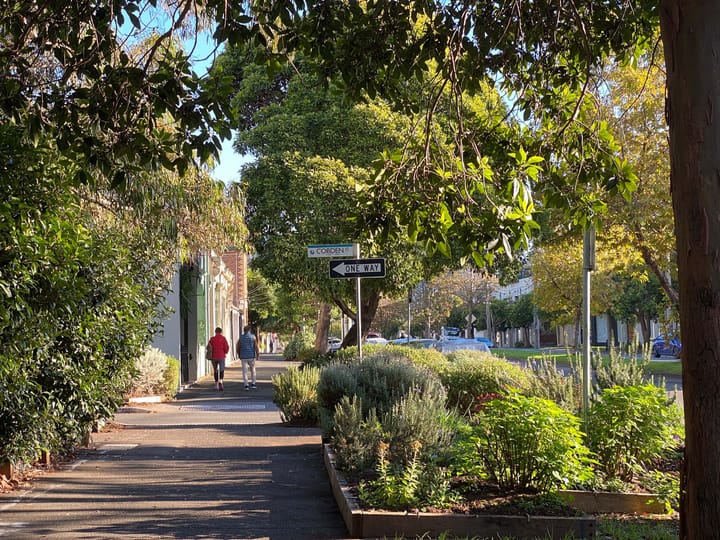

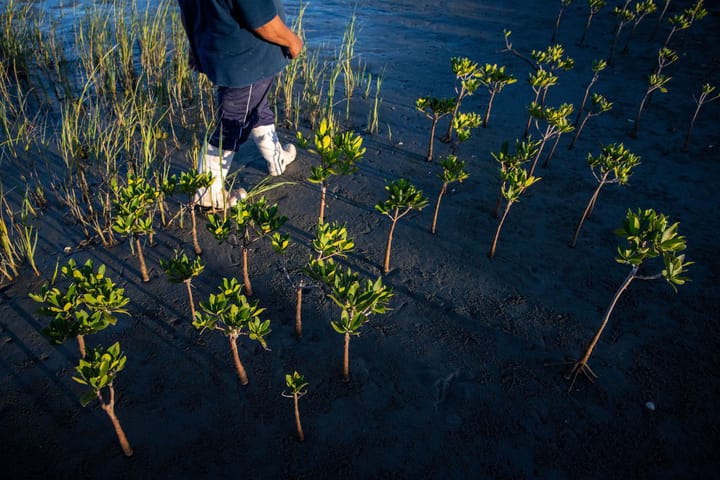
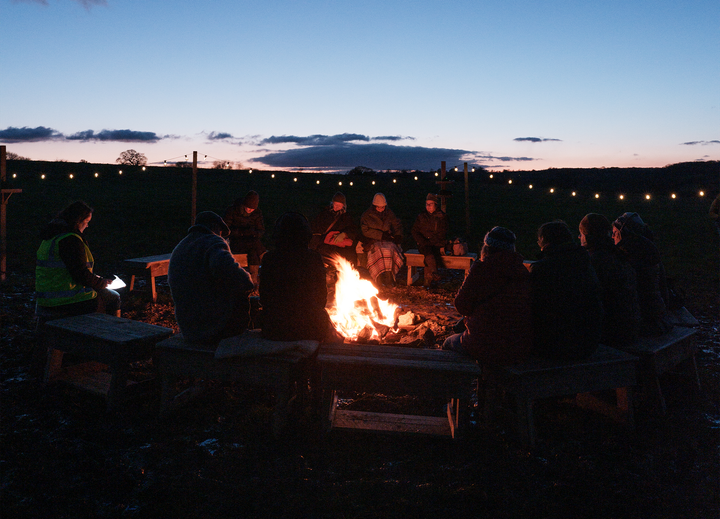

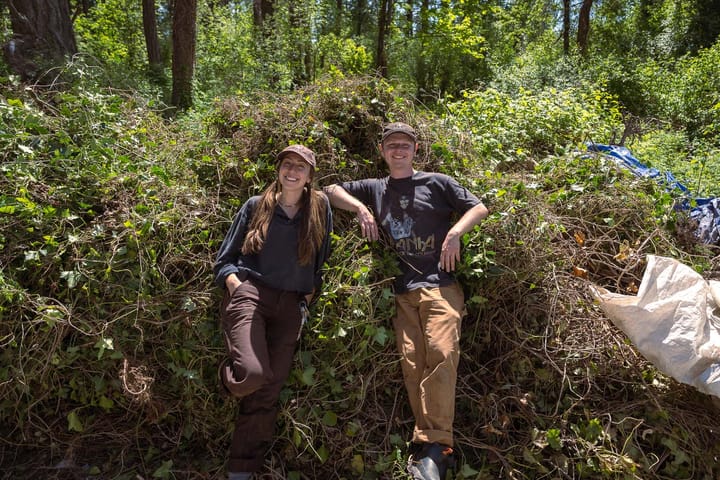
Comments ()